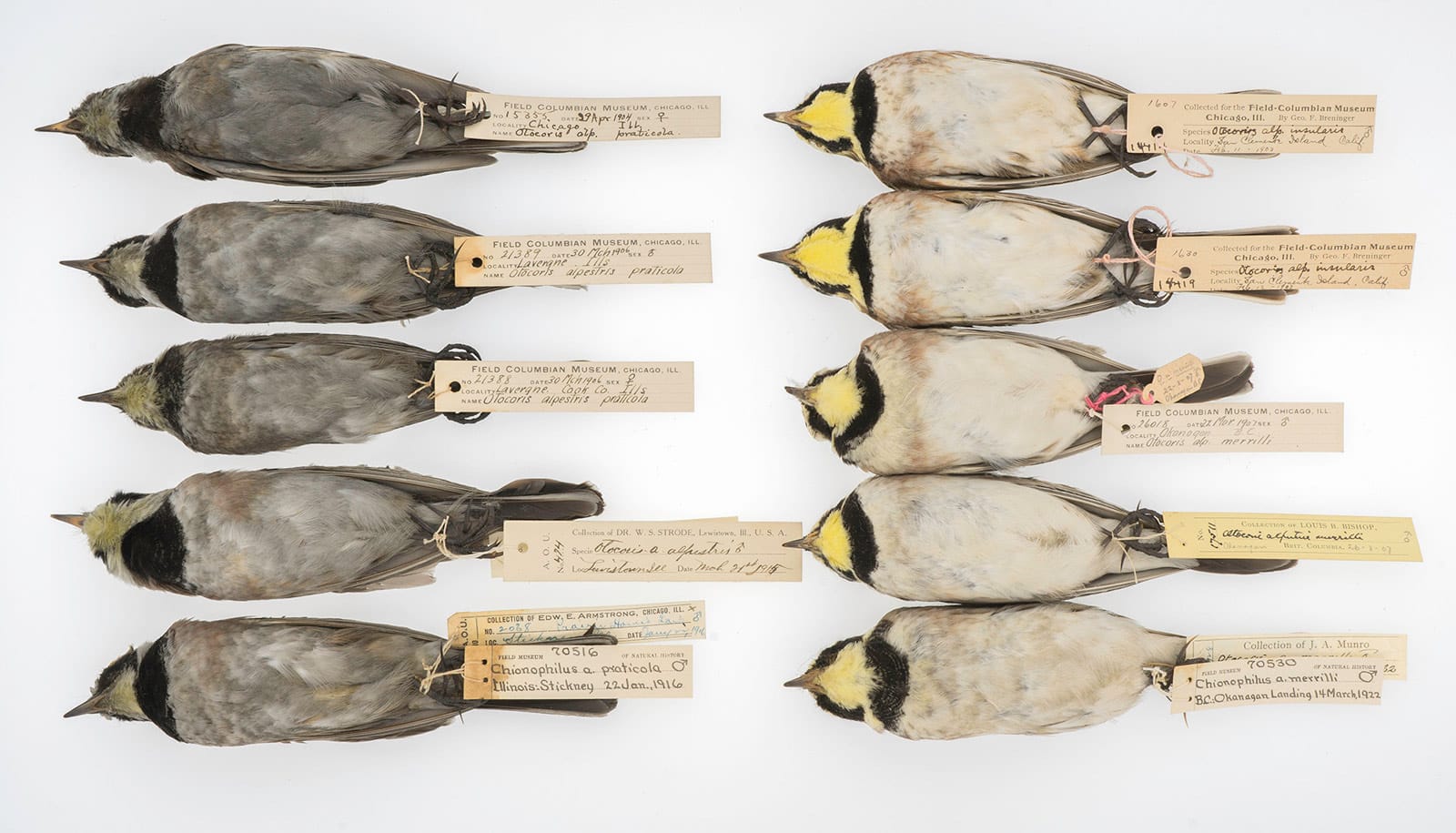Chemicals not manufactured in the US for years or even decades still turn up in the bodies of migratory terns in the Great Lakes region, a new study finds.
The research focused on three types of compounds: polybrominated diphenyl ethers (PBDEs), polychlorinated biphenyls (PCBs), and the breakdown products, called metabolites, of dichlorodiphenyltrichloroethane (DDT).
“These chemicals are still there. They don’t just go away.”
Scientists discovered all three kinds of chemicals in the organs of over two dozen common terns in breeding grounds along the Niagara River and the shore of Lake Erie in New York state. They found the pollutants at various life stages, in chicks, in juveniles, and in adults.
Researchers also detected the compounds in emerald shiners, a small fish that is the terns’ primary food source in the area.
Sales of PBDEs, a class of flame retardants used in car seats, carpet padding, mattresses, and many other household products, were phased out in the US in 2013. Production of PCBs, once widely used as a coolant or insulating fluid in electrical transformers and capacitators, ended in the country in 1979. And the US has prohibited the use of DDT, an insecticide, for almost half a century—since 1972. The metabolite of DDT that the team found in the birds and fish is called dichlorodiphenyldichloroethylene (DDE).
“These chemicals are still there. They don’t just go away. With PCBs, for example, they haven’t been produced in the US for a long time now, but you can still find them in the environment, in sediments and in water. They don’t degrade for many years. The fish eat organisms that accumulate them, and then the birds eat the fish,” says Diana Aga, professor of chemistry in the University at Buffalo.

“The common tern is a threatened species in New York State, and their numbers have not increased much despite state efforts to provide nesting sites and surveillance. This study shows how wildlife is affected by human pollution of aquatic systems and how the chemicals we produce can have a multigenerational effect, being passed from mothers to chicks,” says Alicia Pérez-Fuentetaja, professor of biology at SUNY Buffalo State and a research scientist at the Great Lakes Center.
The levels of PCBs and PBDEs in the birds were high enough to potentially harm the birds’ health and affect population recovery, the authors write in their paper.
Little chicks, big chemical concentrations
The findings illustrate how household and industrial chemicals have become ubiquitous in the environment, where they can endure for many years, posing risks to wildlife.
In the case of terns, the threat begins from the earliest moments of their lives, even before they hatch, says first author Steven Travis, who successfully defended his PhD thesis at the University at Buffalo this fall.
He says the smallest chicks the team studied harbored higher concentrations of the chemicals than older birds and adults, indicating that the compounds are being passed from parent to progeny. To test this hypothesis, Travis has begun work on a study examining the levels of pollutants in the eggs of common terns and other wild aquatic birds.
“We see these really high concentrations in the smaller chicks, which indicates that there is maternal transfer of contaminants into the eggs,” he says.
Pollution in terns
“These substances interfere with the reproductive system and are endocrine disruptors,” Pérez-Fuentetaja says. “They tax the terns’ livers as they have to try and get rid of these pollutants, but the bioaccumulative nature of PCBs, PBDEs, and DDEs means that the birds will not be able to fully detoxify themselves, and that they will pass part of their body-load to the next generation. These substances can alter development and neurological processes and could cause deformities, cancers, and impaired behavior.”
The research highlights the risks associated with legacy contaminants, as well as the urgency of protecting the environment as new issues surrounding other classes of persistent chemicals, such as per- and polyfluoroalkyl substances (PFAS), emerge. Aga says that once persistent pollutants become pervasive in water and soil, it’s very difficult to get rid of them.
The new study shows how long-banned chemicals continue to jeopardize the health of Great Lakes ecosystems.
“We can’t say that all the chemicals we’re seeing in the birds are coming from the Great Lakes, as the birds migrate and could be accumulating these compounds in other places along their migration route, too,” Travis says. “But the specific types of PCBs and PBDEs we’re seeing in the emerald shiners is similar to what we’re seeing in the birds. This pattern of chemical concentrations suggests that pollution in the Great Lakes region is the source of at least some of this contamination.
“One positive outcome of the study is that we only see the metabolite of DDT, called ‘DDE,’ in the fish. This likely indicates that there aren’t new sources of DDT being introduced to Lake Erie and the Niagara River, and that the DDT that was there is breaking down.”
Additional coauthors from State University of New York Buffalo State contributed to the study, which appears in Environment International.
The New York State Department of Environmental Conservation supported the research through collection of tern samples, which consisted of common terns that died through natural causes. The SUNY Buffalo State Great Lakes Center supported the study through collection of emerald shiners and other contributions. Additional support came from the University at Buffalo Mark Diamond Research Fund and Greenway Ecological Standing Committee.
Source: University at Buffalo


